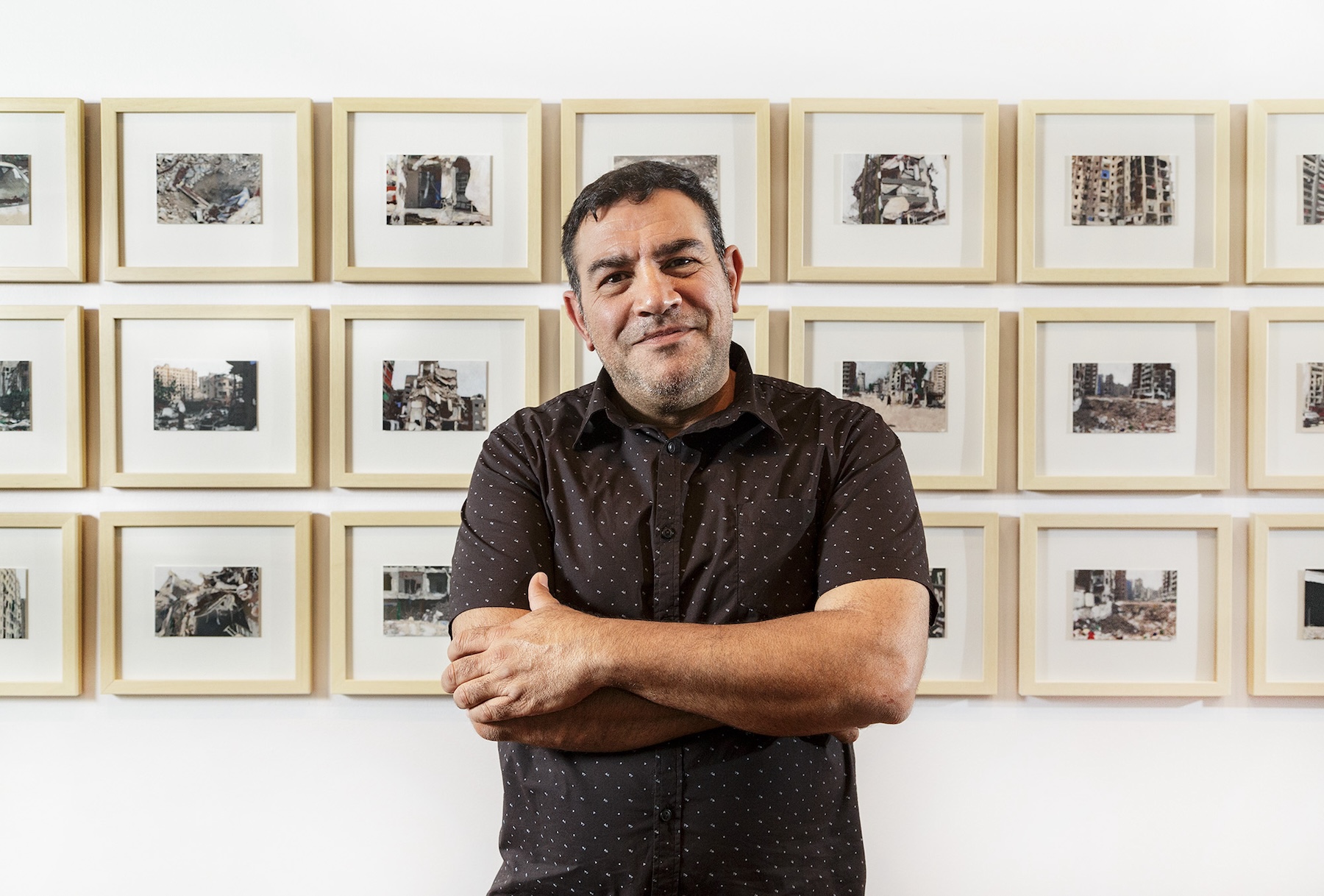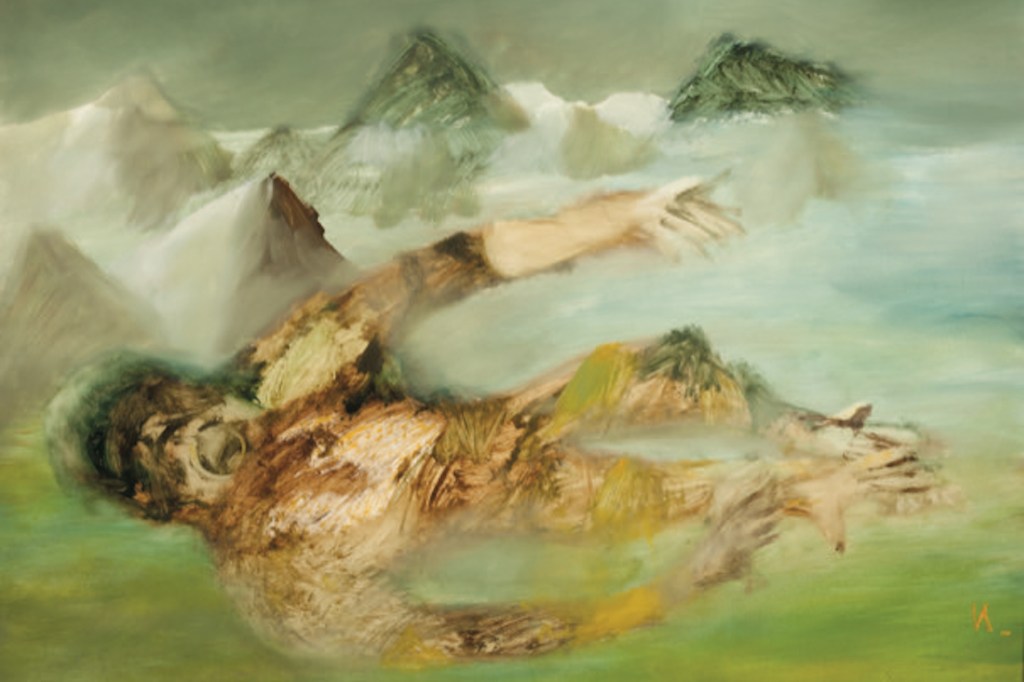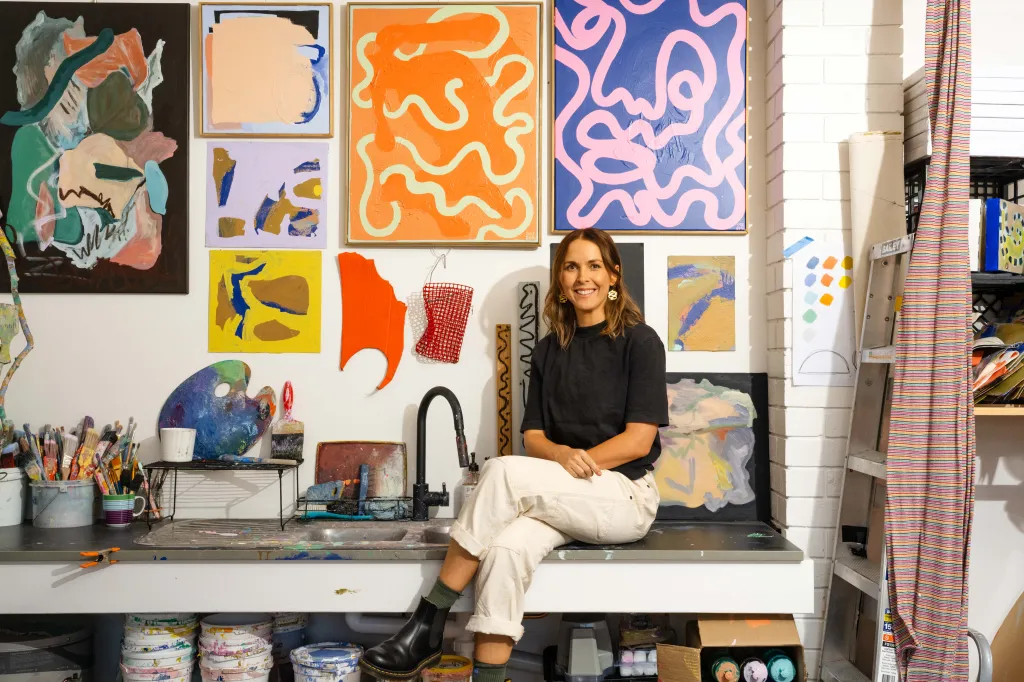‘A huge dilemma of their own making’: South Australia’s arts leaders weigh in on Venice Biennale fallout
The dumping of Lebanese Australian artist Khaled Sabsabi has been described as “shameful” and “dangerous” by prominent South Australian curators.

On Friday 10 February the gallery at Adelaide Contemporary Experimental was buzzing for the opening of Shared Skin, a group exhibition presented as part of the 2025 Adelaide Festival. A mixed media exploration of family and identity across cultures, it culminated in a moving dance performance by featured artist Bhenji Ra and Tau’sug elder Sitti Airia Sangkula Obeso.
But there was another energy in the room, as artists and audience members discussed the biggest story in the Australian art world: Creative Australia’s shock decision to ditch artist Khaled Sabsabi and curator Michael Dagostino as Australia’s representatives to the 2026 Venice Biennale just days after its announcement.
The news had broken that morning, following a snap meeting by the Creative Australia board on Thursday night. That board meeting was called just hours after Liberal Senator Claire Chandler grilled Senator Penny Wong about two older pieces by Sabsabi — works that had been the subject of an earlier ‘deep dive’ by The Australian newspaper for their depiction of Hezbollah leader Hassan Nasrallah, George W Bush and the 9/11 terrorist attacks.
By Monday, Creative Australia board member and celebrated artist Lindy Lee had resigned, multiple high-level staff had quit, the other shortlisted artists had signed a letter of solidarity with Sabsabi, refusing to step into his place.
At ACE, Shared Skin’s curator, Rayleen Forester, included a statement of solidarity with Sabsabi in her opening speech. Forester, who was mentored by Sabsabi in 2022 as part of the then-Australia Council’s Biennale Delegates Program, reiterated her statement this week.
Forester told InReview that the decision undermined the independent selection process — the same process that saw last year’s Australian representative, Archie Moore, awarded the Venice Biennale’s prestigious Golden Lion.
You might like
“This decision sets a dangerous precedent in our artistic community, and with the resignation of key Creative Australia representatives who worked so tirelessly to bring diversity and minority groups into Creative Australia’s remit, they have lost the trust of thousands,” Forester tells InReview.

Independent curator Rayleen Forester was mentored by Khaled Sabsabi in a 2022 program run by Creative Australia. Photo: Supplied
Adelaide audiences would already be familiar with Sabsabi’s oeuvre. His work Knowing Beyond was featured in last year’s Adelaide Biennial at the Art Gallery of South Australia, while another collection was presented at Samstag Museum of Art as part of the 2018 biennial. The 2018 Adelaide Biennial curator, and Samstag director, Erica Green, shared many of Forester’s concerns.
“In 2018 as the curator of the Art Gallery of South Australia’s 2018 Adelaide Biennial exhibition titled Divided Worlds I featured Khaled Sabsabi’s work Guerrilla’ 2007 – 17. The work featured three sets of 33 hand-painted acrylic on photographic paper images drawn from the destruction of Beirut after the 2006 conflict,” Green told InReview.
“The work also references the ninety-nine most beautiful names of Allah.
“While we may not all necessarily agree with Sabsabi’s politic, as a believer in the crucial voice of artists’ in this disrupted time, we as a community must support his right of expression especially when presented in a mediated gallery context.”
Subscribe for updates
An open letter calling for Sabsabi and Dagostino’s reinstatement has garnered more than 3200 signatures, while Creative Australia has announced a review into the selection process — not the decision to reverse it.
Forester and Green are both signatories to the open letter, along with Emma Webb, former artistic director of Vitalstatistix and co-chair of the Arts Industry Council (SA). Yesterday, Webb and the council also shared a public statement.
“This is truly a shameful moment in the history of Australia Council for the Arts/Creative Australia which once was seen as a staunch defender and advocate for artists in Australia,” Webb wrote, noting that it took “half a day” of political pressure to undo years of work to rebuild trust and confidence in the sector.
“Australian artists, and art and culture, deserve so much better than this sorry situation.”

Detail from Khaled Sabsabi’s Guerilla 2007-17, featured at Samstag Museum of Art in the 2018 Adelaide Biennial. Photo: Sam Noonan / Supplied
On Tuesday, artist-run gallery FELTspace, which is a recent recipient of Creative Australia funding, also voiced its support for Sabsabi and Dagostino, and shared concerns over the precedent set for other state and federal arts funding decisions.
While Creative Australia’s original announcement stated the decision was made to avoid a “prolonged and divisive debate” that “could undermine our goal of bringing Australians together through art and creativity”, Green says this unprecedented U-turn has left few options.
“Creative Australia now have a huge dilemma of their own making. They surely have little choice but to reinstate their chosen and worthy Venice Biennale artist. However an empty Australian Pavilion in 2026 might also be a powerful statement.”
For Forester, however, the damage may already be done.
“Artists should have the right to free speech, they echo the times that we live in and offer the most necessary salve when we are unable to put language to problems. The Australian Pavilion and our national arts landscape will be forever changed by this dangerous and awful decision.”

